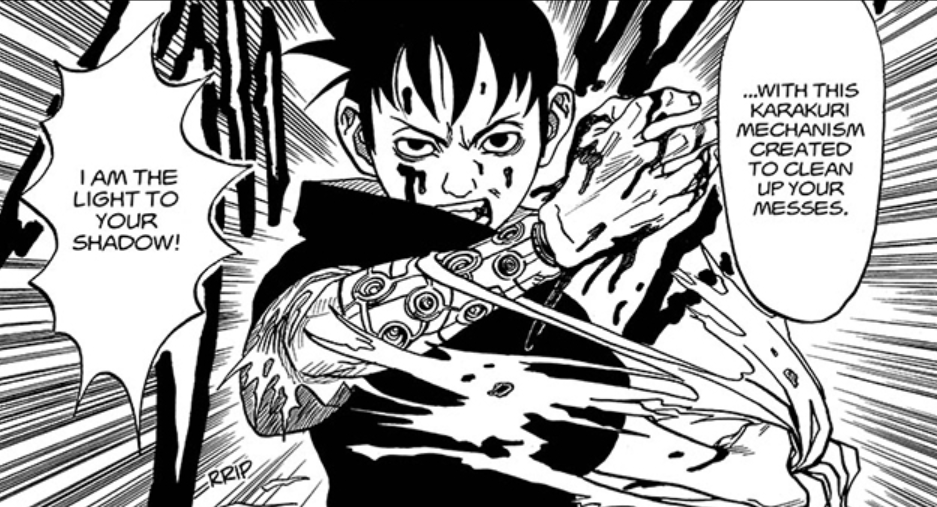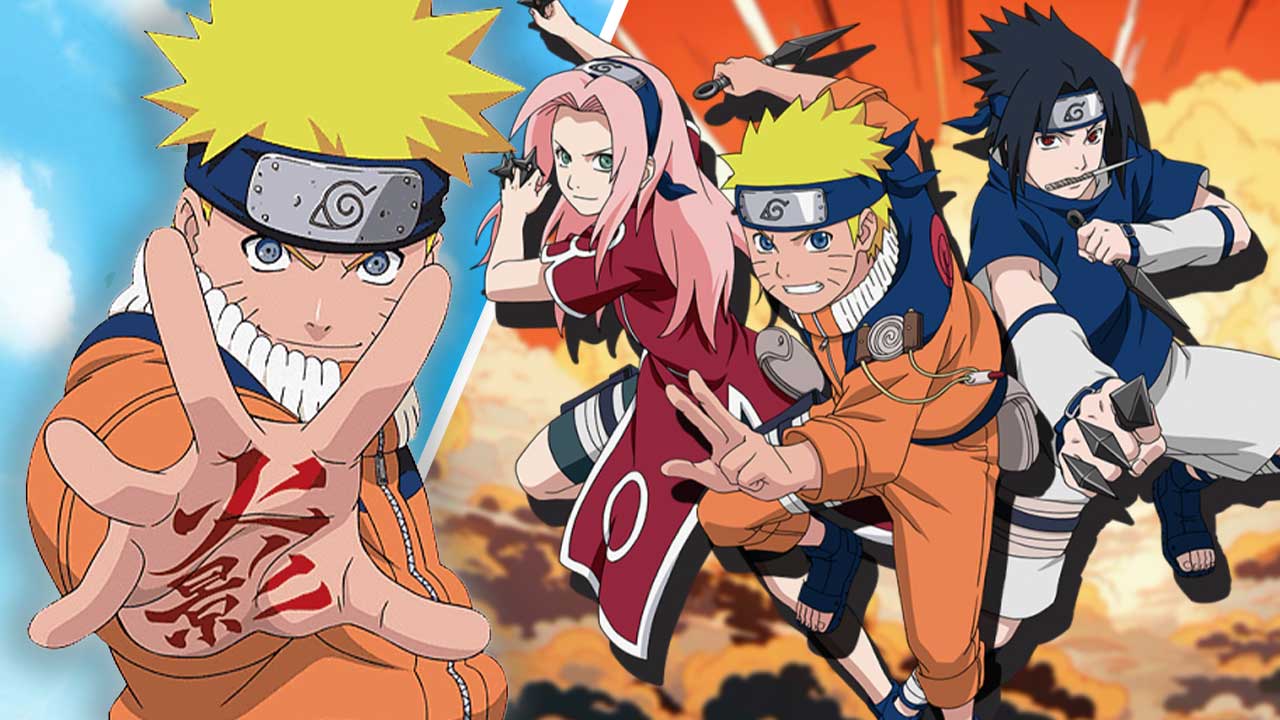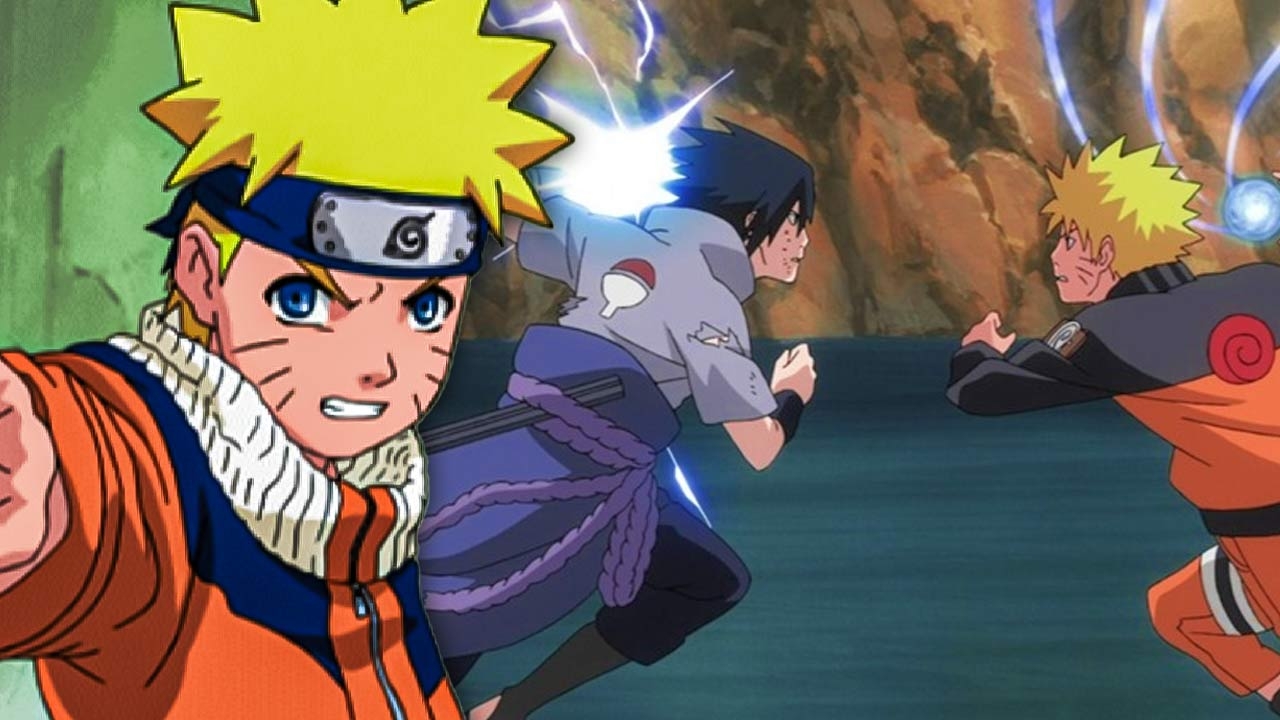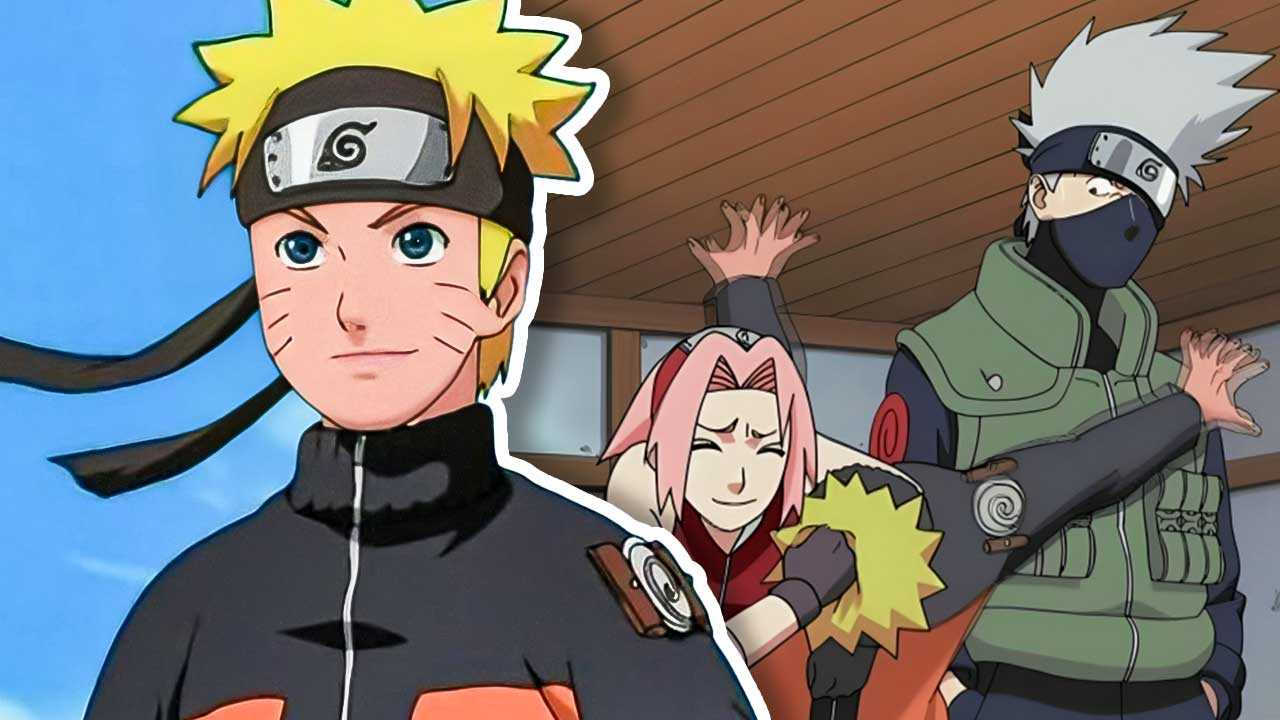“It became ridiculously long”: Masashi Kishimoto’s Refusal of Revealing His One Shot Project to His Editors Led the Naruto Writer to Go Overboard
Masashi Kishimoto is a master of narratives, as proved by his work in Naruto. However, the writer has also worked on some other projects that didn’t enjoy a similar kind of popularity that Naruto did. Before working on Naruto, Kishimoto also worked on a one-shot called Mario, which was aimed at an older seinen crowd, unlike his other works.

Mario is the story of a half-Japanese, half-Italian man in New York, working as a contract killer for the mafia. A flurry of treachery ensues, with Kishimoto’s drawings deviating from his typical fold to heighten the manga’s mystery. This comic is unputdownable, and with a dark, enigmatic, and ethically ambiguous Mario, it’s hardly surprising that Kishimoto himself ranked Mario as one of his best works.
Masashi Kishimoto Reveals The Story Behind Mario

In a 2013 interview with Masashi Kishimoto, the mangaka unveils the story behind Mario. The interviewer stated that Mario seemed different from Kishimoto’s other works such as Karakuri and Naruto and asked him what made him want to create it.
Kishimoto replied that before he made his debut in Shonen Jump, he pitched a bunch of different ideas, but none of them went over too well. That was a period when he started to think that he wasn’t cut out for shonen manga. So Mario was a draft of a manga aimed at an older seinen crowd.
The interviewer then asked Kishimoto if Mario was never meant for Shonen Jump, to which he replied that he created it with the intention of pitching it to a magazine targeting an older seinen audience. He continued:
There used to be a magazine called Super Jump, and I planned on submitting it there. That’s why I included more mature themes that might not fly in Shonen Jump. I wasn’t planning for it to run in Shonen Jump, so I didn’t even tell my editor at the time. I just worked on it in secret at my own pace. Since I was doing it for myself, I kept adding things in without worrying about the page count. Eventually it became ridiculously long.
When asked how long it actually was, Kishimoto said that in one of the older Naruto volumes, he wrote that it was over 160 pages. But when he bothered to count, it was only 130 pages. At the time he thought that if he wanted to add in all the missing details, he’d probably need another 40 pages or so. That’s the reason why he said it was over 160 pages.
Why Mario Had Been Sealed Away?

The interviewer stated that Kishimoto sealed away Mario and instead started serializing Naruto. He was then asked to explain how that happened, to which he said:
At the time, I figured I’d be more suited to a seinen magazine, so I focused on Mario instead of writing anything for Shonen Jump. But then my Jump editor asked me what I had been up to and why I hadn’t pitched anything in a while.
I told him how I felt that a shonen magazine wasn’t right for me, and that I was working on something to submit to Super Jump instead. He then asked if he could see the draft. I thought it was odd that he asked to see my seinen manga, but I figured I might as well show it to him.
The interviewer further asked what did Kishimoto’s editor say to him. Kishimoto replied:
What he told me was: “This is something you can create when you’re older. Right now you should focus on something you can only do while you’re young!” After that he asked me to create a shonen manga again. I gave it another try, and that’s when I came up with Naruto. Mario’s been sealed away ever since.
The interviewer brought up how in one Naruto volume, Kishimoto mentioned how confident he was about Mario, however, Kishimoto mused that he felt a bit inadequate at the time, so he was kind of grandstanding. He thought Mario would never see the light of the day, so he exaggerated. He also explained that he thought there would be no harm in saying that something that would never really come out was the best thing he ever did.







